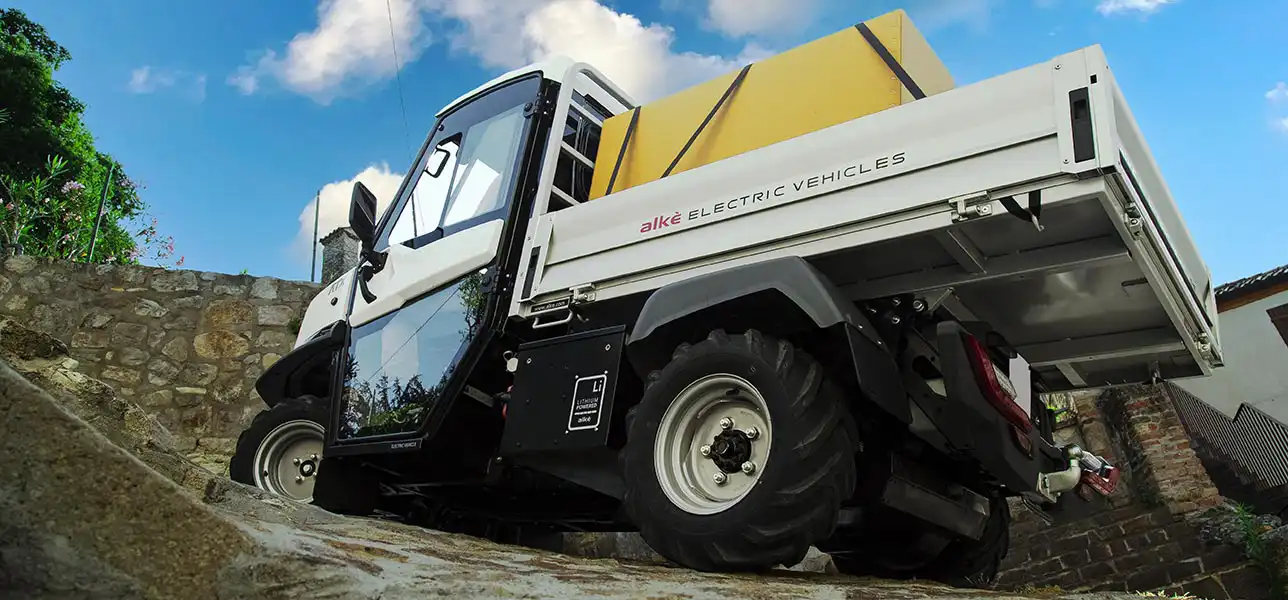Electric vehicles: what is the torque of an electric vehicle
We will explain what a couple is in a simple way
What is the torque of an electric vehicle? Why is it important to know this parameter? We will try to explain the torque of an electric car in an easy and clear manner.
Differences between an electric vehicle and a combustion vehicle
- Very high torque at low revs
- Higher acceleration
- Less gears and more mechanical efficiency
- Can maintain torque over a much wider rev range
- Very high efficiency of the electric motor approx. 88% compared to 40/50% of the heat engine
Definition of driving torque
The driving torque of an electric vehicle is the thrust that the electric motor imparts to the mechanical transmission and thus to the wheels. Simplifying a few steps, we can say that: greater torque imparts greater thrust to the wheels, which means greater acceleration and greater ability to cope with demanding climbs. Torque is an important element in the performance of an electric vehicle, affecting acceleration and towing capacity. The torque of electric motors is available immediately, whereas combustion engines must reach a certain speed to deliver maximum torque. This is one of the reasons why electric cars are often faster than petrol or diesel cars in standing starts.

Will my electric vehicle be able to cope with this climb?
When a person sees an electric vehicle for the first time, they are amazed by the fact that it does not make any noise, as when it is switched on, the electric utility vehicle is silent. If you are faced with a hill, the question is: will my electric vehicle be able to cope with this hill? This stems from the fact that you usually press on the accelerator and hear the engine roar when starting a petrol or diesel car. Then when the revs are high enough, you lift the clutch and the car starts to move. On the other hand, everything is different in the electric vehicle. In absolute silence, you engage the forward gear, press the accelerator and without anything happening (apparently) the car starts with an acceleration that can be very high or gentler, depending on the programme you are selecting. If you select SPORT mode, at that instant the current flowing through the electric car electronics is very high, so the electric car will have very high acceleration. If you select the ECO mode, the acceleration will be smoother, and the electric vehicle will have a more moderate acceleration. Generally, in petrol cars we associate noise with engine power. More noise means more power. This is generally not true. Electric cars have the great advantage that they have a very high efficiency of up to 88%. On the other hand, however, the energy stored in batteries is less than in a normal petrol car tank. This implies that an electric utility vehicle generally has a shorter range than an equivalent diesel/petrol vehicle. However, the car torque is not everything, many other factors are essential in determining how the electric vehicle will move and how it will behave.
Here are other fundamental parameters that are independent from the electric motor
| Ratios of the mechanical gearbox: | with a mechanical gearbox, you can increase the torque on the ground and thus increase the maximum gradients that can be overcome, if the electric car has 'reduced gears' it can cope with much more demanding climbs. |
| Type of tyres fitted on the electric vehicle: | the type of tyre fitted on an electric vehicle affects the overall performance of the vehicle by about 5%. |
| Tyre pressure: | this aspect, that is too often underrated, does affect the range of electric utility vehicles by about 5%. |


